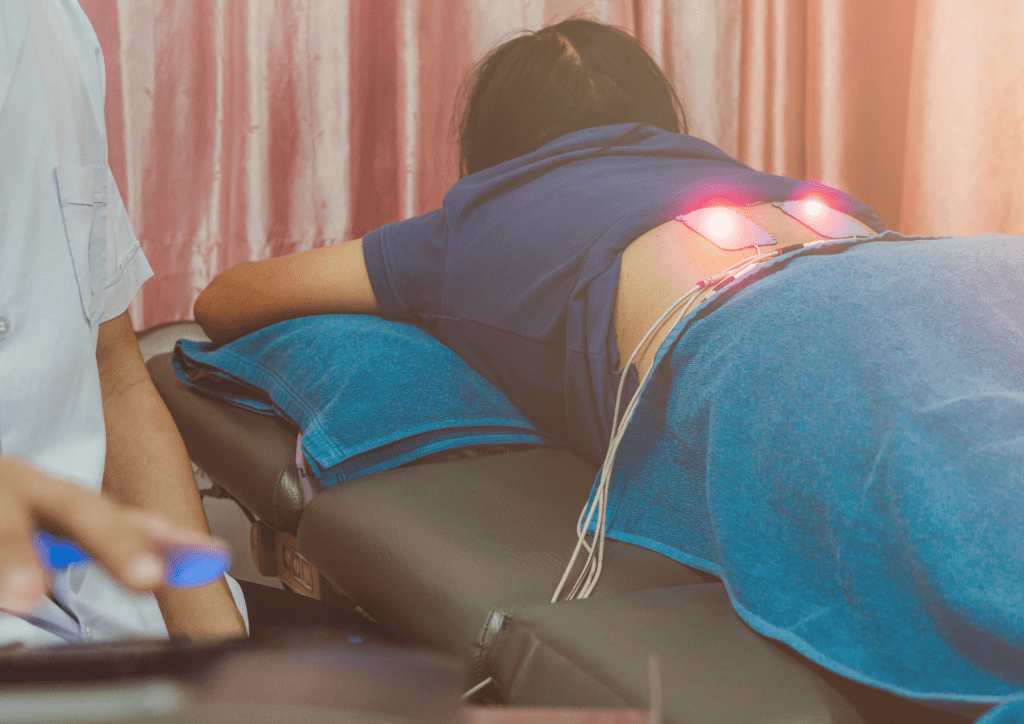
The first known written account of healing through electricity dates back to 2750 BC when electric eels were used for healing. Even as far back as the year 1812, Dr. J. Birch of London used electric currents to heal a non-union of the tibia after he had surgically implanted needles in the tibia. This became the go-to procedure for treating slow-healing bone fractures by the middle of the 19th century. However, in 1906, electricity for healing was prohibited after the Flexner Report and the Pure Food and Drug Act.
It was only in the 1980s, after several studies established the efficiency of electrical currents for encouraging bone repair, that this method was re-introduced. By that time, it was well known that coils could be used to induce current flows, thus making it non-invasive. Pulsed electromagnetic field (PEMF) therapy is the term used for this. Following this accomplishment, other researchers have employed PEMF in a number of different tissues with success, with each tissue responding to a different frequency. Recent research has demonstrated the impact of frequency on bone collagen synthesis and tendon repair.
Very low-level electrical currents are used in a therapy called frequency-specific microcurrent (FSM) to help treat pain, inflammation, and other medical issues. The concepts of bioelectricity and the fact that each of the body’s cells, tissues, and organs has distinct electrical properties are the foundation of FSM research.
Electrical impulses are produced and carried throughout the tissues, cells, and organs of the human body through a sophisticated electrical system. Numerous body processes, such as muscle contractions, nerve impulses, and the control of the heart and other essential organs, are brought on by these electrical impulses. Numerous things, such as nutrition, exercise, stress, and sickness, have an impact on the body’s electrical activity.
New technologies that allowed for the application of electrical currents to particular body parts were created in the 20th century. Microcurrent therapy is one of these technologies, which uses very low electrical current levels to aid in the promotion of healing and the alleviation of pain.
By using specific frequencies of electrical current to target the body’s pain or inflammatory areas, FSM elevates microcurrent therapy to a new level. The frequencies employed in FSM are thought to stimulate the body’s natural healing processes, including boosting blood flow, encouraging the production of natural painkillers, and reducing inflammation. This assists in promoting healing and alleviating pain.
For FSM, electrodes are positioned on the skin and an electrical current is delivered through the electrodes. Depending on the precise medical condition being treated, the frequency of the current is carefully chosen. Examples include using a frequency of 40 Hz to help reduce inflammation and a frequency of 10 Hz to help with pain relief.
According to research, FSM may be helpful for treating a number of medical conditions, including fibromyalgia, Parkinson’s disease, and chronic pain. To fully comprehend how FSM operates and to determine its efficacy for certain health issues, more research is necessary.
One explanation for how FSM functions is based on the idea of resonance. The body’s cells, tissues, and organs each have their own distinct frequency. An area of the body may resonate with the cells and tissues there when a particular frequency is administered, aiding in the promotion of healing and pain relief.
A different explanation for how FSM functions is based on the concept of nerve signalling. The nerves in the body conduct electrical impulses that transport signals to the brain and other areas of the body. FSM might be able to affect these nerve signals by delivering particular electrical current frequencies to the body, which could assist to lessen pain and encourage healing.
It is crucial to remember that FSM should only be carried out by a skilled and licensed healthcare professional. They will be able to decide which frequencies are best for each person and make sure the treatment is carried out in a secure and efficient manner.
References:
Kellaway P. The part played by electric fish in the early history of bioelectricity and electrotherapy. Bull History Med. 1946;20:112–132. [PubMed] [Google Scholar]
Frequency-Specific Microcurrent as Adjunctive Therapy for Three Wounded Warriors
https://pubmed.ncbi.nlm.nih.gov/31297172/
Frequency-Specific Microcurrent for Treatment of Longstanding Congenital Muscular Torticollis
https://pubmed.ncbi.nlm.nih.gov/30664049/
The efficacy of frequency specific microcurrent therapy on delayed onset muscle soreness
https://pubmed.ncbi.nlm.nih.gov/20538225/
Becker RO. Seldon G. The Body Electric: Electromagnetism and the Foundation of Life. New York: William and Morrow Company, Inc.; 1985. p. 172. [Google Scholar]
Oschman JL. Energy Medicine: The Scientific Basis. Vol. 15. Churchill Livingstone/Harcourt Brace; Edinburgh, Scotland: 2000. [Google Scholar]
Bassett CAL. Bioelectromagnetics in the service of medicine. In: Blank M, editor. Electromagnetic Fields: Biological Interactions and Mechanisms. Washington, DC: American Chemical Society; 1995. pp. 265–275. Advances in Chemistry Series 250. [Google Scholar]
Siskin BF. Walker J. Therapeutic aspects of electromagnetic for soft-tissue healing. In: Blank M, editor. Electromagnetic Fields: Biological Interactions and Mechanisms. Washington, DC: American Chemical Society; 1995. pp. 277–285. Advances in Chemistry Series 250. [Google Scholar]
Visceral and somatic disorders: tissue softening with frequency-specific microcurrent
https://pubmed.ncbi.nlm.nih.gov/22775307/
Effect of adjuvant frequency-specific microcurrents on pain and disability in patients treated with physical rehabilitation for neck and low back pain
https://pubmed.ncbi.nlm.nih.gov/33218507/